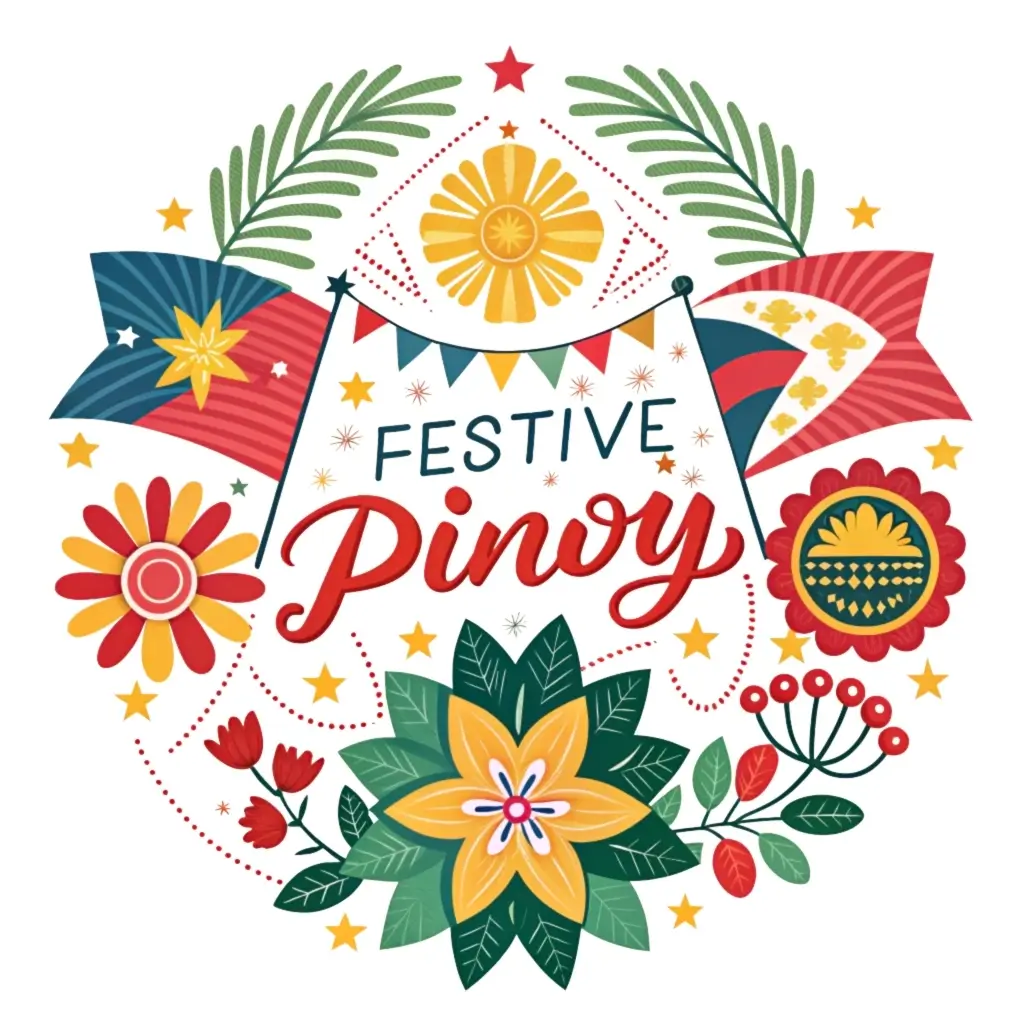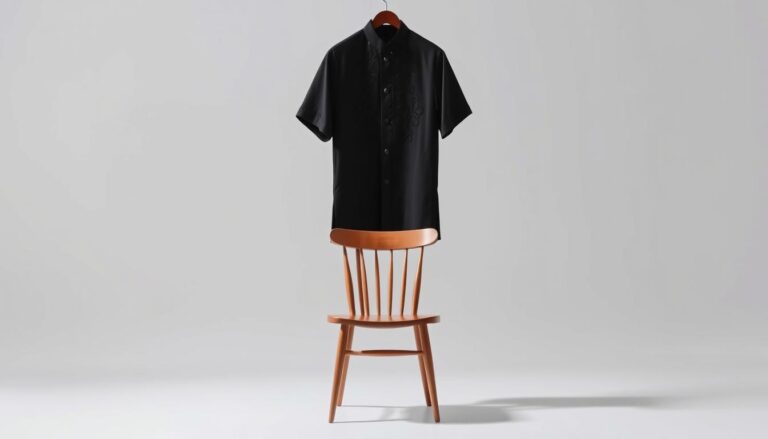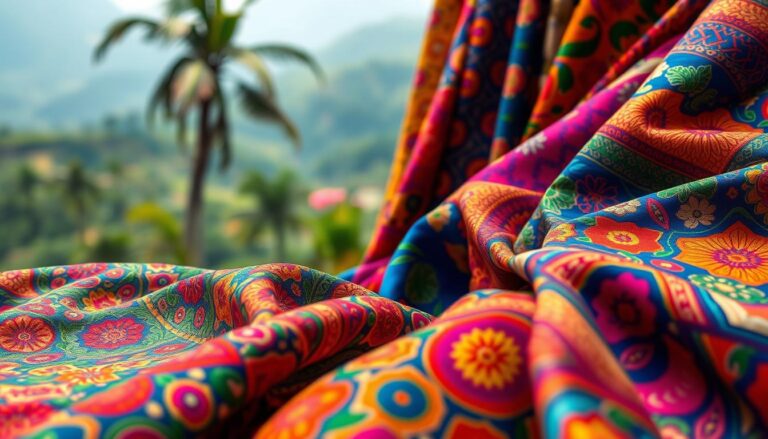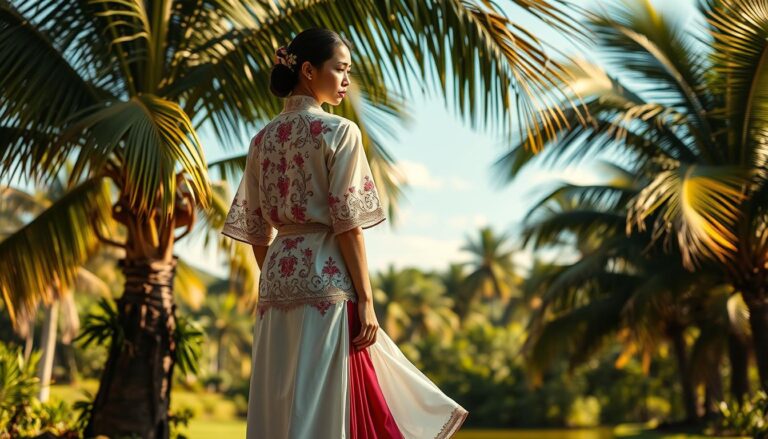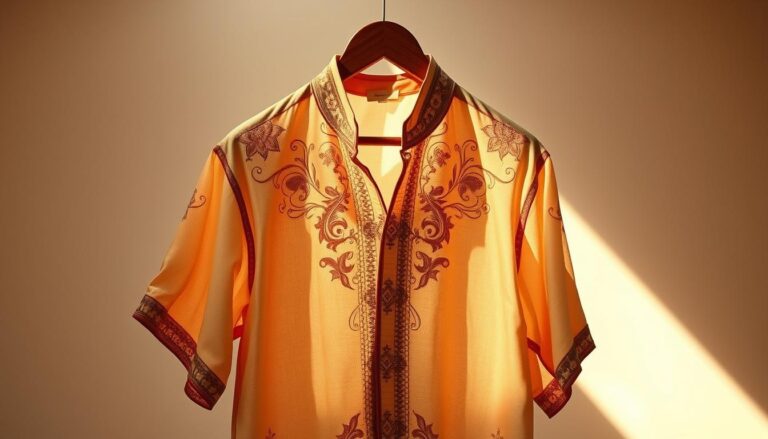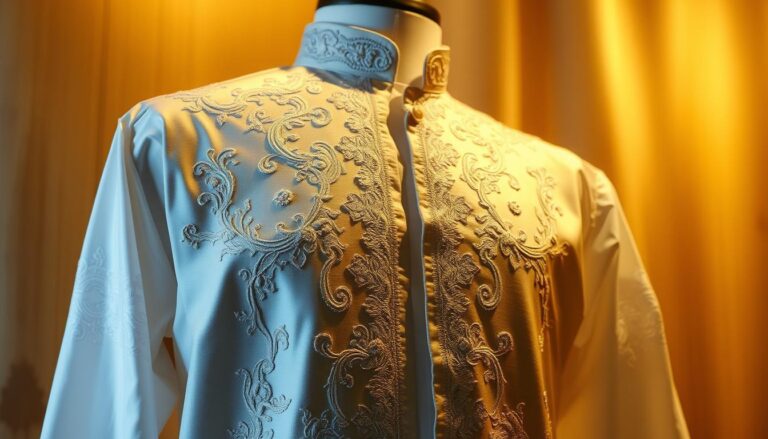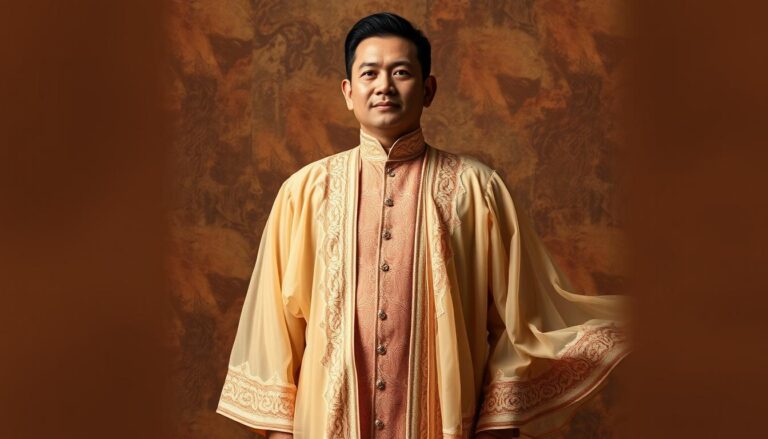Barong vs. Suit: Comparing Formal Wear Options
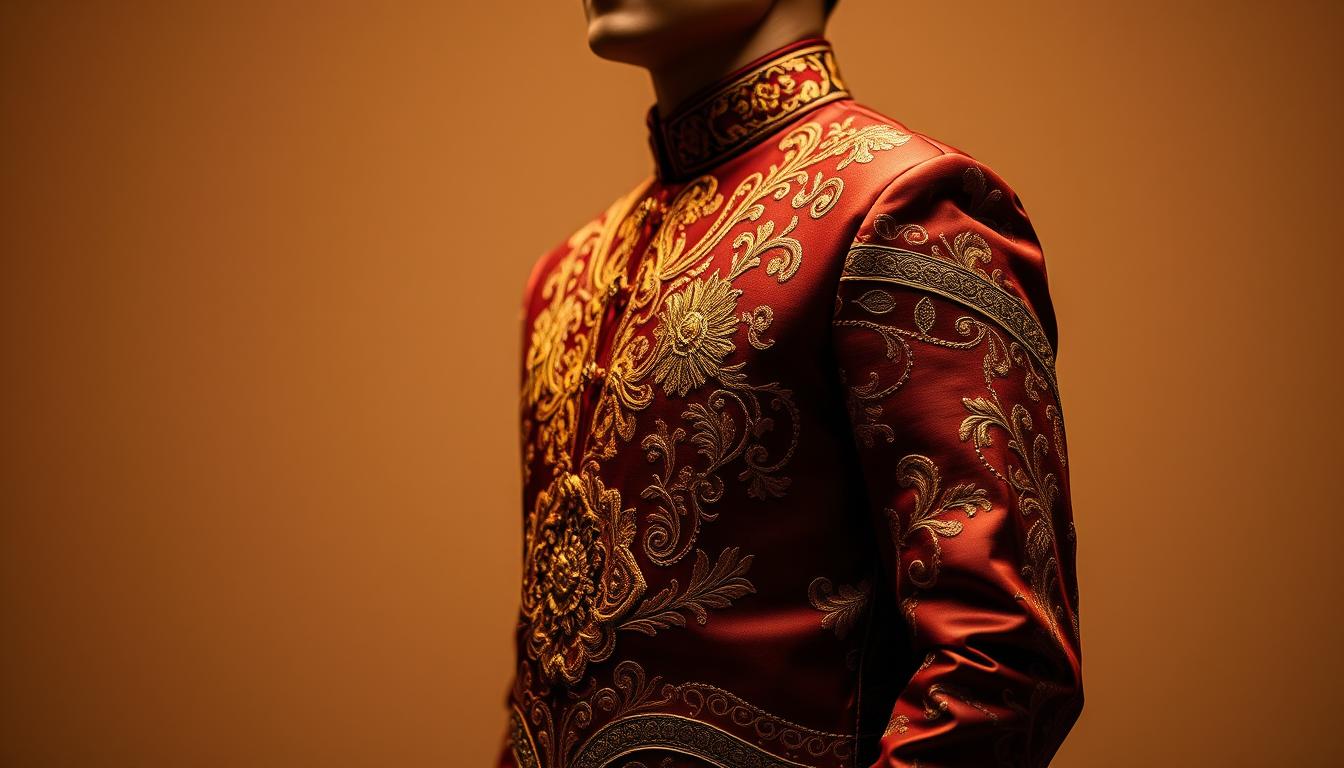
Choosing formal attire often reflects personal style and cultural heritage. For men in the United States, this decision now includes exploring traditional Filipino garments alongside classic Western options. Both choices carry rich histories and unique aesthetic values, making them timeless staples for special occasions.
Experts like Honey Jarque Loop emphasize that proper tailoring is non-negotiable for any formal outfit. A poorly fitted garment can distract from confidence and elegance, whether it’s a crisp suit or the intricate embroidery of a Barong Tagalog. Modern fashion trends increasingly blend cultural influences, creating opportunities to honor tradition while staying stylish.
This article explores how these garments evolved and why they remain relevant today. We’ll examine their historical roots, practical versatility, and styling tips for events like weddings or business gatherings. Whether embracing Filipino heritage or classic Western tailoring, understanding these options helps men make informed decisions.
Key Takeaways
- The Barong Tagalog offers a culturally rich alternative to suits for formal occasions.
- Tailoring ensures both garments enhance the wearer’s appearance and confidence.
- Modern styling allows these pieces to adapt to diverse events and dress codes.
- Respecting cultural heritage while embracing personal style creates timeless elegance.
- This guide covers practical comparisons, history, and expert tips for choosing wisely.
The Evolution and Cultural Significance of Barong and Suit
Every stitch in formal clothing tells a story of identity and adaptation. Two iconic garments—the Barong Tagalog and the Western suit—represent distinct cultural journeys while sharing a universal purpose: to elevate the wearer’s presence through artistry and tradition.
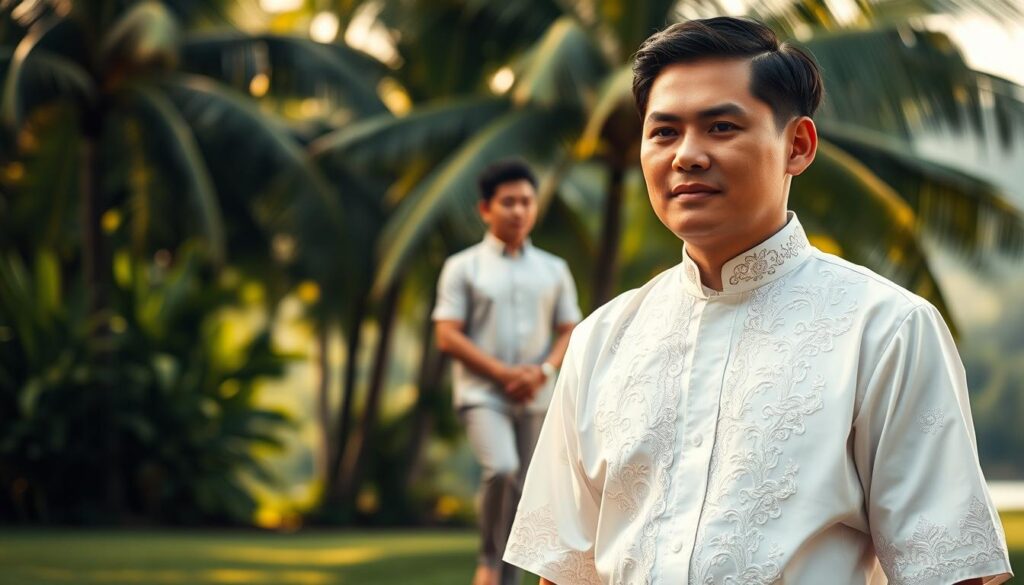
Historical Roots Shaping Modern Elegance
The Barong Tagalog traces its origins to precolonial Philippines, where lightweight fabrics like abacá suited tropical climates. Spanish colonization introduced collared shirts, which locals reimagined using intricate embroidery techniques. By the 1970s, it became the nation’s official attire, blending indigenous craftsmanship with global influences.
Meanwhile, the modern suit emerged in 19th-century Europe as a symbol of professionalism. Lapel styles and fabric choices evolved, yet its core—structured tailoring—remained timeless. Both garments transformed from practical wear to cultural statements, proving functionality and artistry can coexist.
Craftsmanship Bridging Heritage and Innovation
Creating a Barong Tagalog involves meticulous hand-embroidery, often using pineapple fiber (piña) for its delicate sheen. This contrasts with suits, where precision cutting and wool selection define quality. Filipino designers like Aureo Alonzo note, “The Barong’s translucency demands perfection—every stitch must align flawlessly.”
Globalization reshaped how men approach formal wear. While suits dominate boardrooms worldwide, the Barong Tagalog now graces international weddings and diplomatic events. Its lightweight design appeals to modern professionals seeking culturally rooted alternatives to conventional attire.
Key Considerations: Fit, Fabric, and Style
The foundation of any polished formal look lies in three pillars: precise tailoring, fabric selection, and thoughtful styling. These elements transform garments from ordinary to extraordinary, whether honoring cultural traditions or embracing modern trends.
The Importance of a Proper Tailored Fit
Tailoring makes or breaks formal wear. Freeman’s guidelines emphasize sleeve length ending at the wrist bone and trousers with a slight break above shoes. Even ¼-inch deviations disrupt proportions. For the Barong Tagalog, a snug chest measurement ensures elegant drape without billowing.
Barong World modernizes traditional silhouettes with adjustable side tabs and tapered cuts. These updates maintain cultural authenticity while aligning with contemporary preferences for streamlined shapes.
Material Quality and Embroidery Details
Traditional pineapple fiber (piña) offers breathability perfect for warm climates, while jusi provides silk-like drape. Modern suits use wool blends with stretch for all-day comfort. Intricate Barong Tagalog embroidery often features calado patterns on sleeves—each stitch placed by hand for symmetrical perfection.
Suits rely on subtler accents: pick-stitched lapels or monogrammed cufflinks. Both approaches demand craftsmanship, but one shouts heritage while the other whispers refinement.
Styling Tips for Modern Formal Wear
- Pair white piña garments with charcoal slacks for business events
- Add minimalist cufflinks to embroidered pieces to avoid visual clutter
- Choose leather loafers in matching undertones to unify the ensemble
Designer Aureo Alonzo advises, “Let the fabric’s texture lead. A sheer Barong needs a crisp camisa interior, just as a linen suit requires lightweight accessories.”
Barong vs. Suit: A Closer Look at Formal Wear Differences
Selecting the right garment for an event involves balancing cultural significance with practical needs. Modern formal wear options now span continents, offering tailored solutions for diverse climates and traditions.
Occasions and Practical Uses in Contemporary Settings
The Barong Tagalog shines in tropical weddings or cultural celebrations. Its breathable pineapple fiber fabric keeps wearers cool during outdoor ceremonies. In contrast, wool-blend suits dominate boardrooms and winter events, offering structured warmth.
Designers like Barong World now offer coat-style versions paired with slim trousers. These blend tradition with modern business attire expectations. A groom might choose embroidered piña for a beach wedding, while selecting a navy suit for a New York reception.
Versatility: From Traditional Weddings to Business Events
- Cultural Impact: The Barong Tagalog makes bold statements at Filipino festivals or destination weddings
- Global Neutrality: Suits adapt seamlessly to international conferences or black-tie dinners
- Hybrid Solutions: Modern jusi-silk blends work for daytime office meetings followed by evening galas
As designer Aureo Alonzo notes, “Today’s professionals want garments that transition from temple ceremonies to investor pitches without missing a beat.” Adjustable waist tabs and wrinkle-resistant fabrics now enhance both options, proving heritage and innovation can coexist.
Conclusion
Formal attire choices reveal personal identity and practical needs. The Barong Tagalog stands as a cultural emblem, blending handcrafted artistry with breathable fabrics ideal for warm climates. Meanwhile, the classic suit remains unmatched in global professional settings, offering structured versatility across seasons.
Both garments demand meticulous tailoring—whether aligning piña fiber embroidery or balancing wool-blend proportions. Material quality defines their essence: pineapple cloth honors heritage, while modern suit textiles prioritize durability. These details transform garments from mere clothing to statements of purpose.
Your event’s context guides the decision. Traditional celebrations gain depth through a Barong Tagalog’s intricate patterns, while suits adapt seamlessly to international dress codes. Modern hybrids now bridge these worlds, allowing cultural pride in boardrooms or minimalist elegance at weddings.
Ultimately, let occasion, climate, and heritage steer your choice. For those exploring custom options, consult specialists like Barong World to craft pieces that honor tradition while fitting contemporary life perfectly.
